Ever wondered what makes one diamond more stunning or valuable than another? The answer lies in the 4 Cs—Carat, Cut, Colour, and Clarity—the universal standards for judging diamond quality. Understanding these factors can turn a daunting purchase into a confident decision.
Let’s Begin
Diamonds are more than just sparkling stones; they’re pieces of history crafted deep within the earth over billions of years. When buying a diamond, it’s easy to get caught up in the glitter and forget what truly makes it special. The magic of a diamond lies in its unique combination of weight, brilliance, colour, and purity. With so many options out there, how do you ensure you’re picking the right one? Learning about the 4 Cs will not only save you from confusion but will also help you choose a diamond that perfectly suits your occasion and budget. Let’s decode these 4 essential qualities and uncover what makes a diamond truly shine.
What Are the 4 Cs of Diamonds?

Diamonds are often seen as symbols of love, commitment, and life’s most cherished moments. But buying a diamond isn’t as simple as picking the shiniest one in the store. To ensure you’re choosing a diamond that suits both your budget and your preferences, you need to understand the 4 Cs: Carat, Cut, Colour, and Clarity. These four elements are the globally recognised standards for assessing diamond quality.
This blog dives deep into the 4 Cs, breaking down each aspect to help you make a confident and informed choice. Whether you’re buying an engagement ring, a gift, or simply treating yourself, knowing the 4 Cs will ensure you pick a diamond that truly fits your needs.
1. Carat – Measuring Weight, Not Size
Carat is the term used to measure a diamond’s weight. Many people associate carat with size, but that’s not entirely accurate. A diamond’s size depends not just on its weight but also on its shape and how it’s cut.
Breaking Down Carat:
- What Is a Carat? One carat equals 200 milligrams. Diamonds weighing less than a carat are often measured in points (1 carat = 100 points). For example, a 0.75-carat diamond would be described as 75 points.
- Impact on Price: Carat weight significantly affects a diamond’s cost. Larger diamonds are rarer and thus more expensive. However, the jump in price between certain carat weights can be dramatic. For instance, a 1-carat diamond is often much more expensive than a 0.9-carat diamond, even if the difference in appearance is minimal.
Does Size Always Matter?
The truth is, carat weight is just one part of the story. A well-cut diamond of a smaller carat weight can appear larger and more brilliant than a poorly cut diamond of greater weight.
Practical Tips for Buyers:
- Avoid Price Jumps: Diamonds just below whole carat weights (like 0.9 instead of 1 carat) can save money while still looking nearly identical in size.
- Think About Balance: Larger diamonds may be eye-catching, but they also need to fit your personal style and the type of jewellery you’re choosing. For everyday wear, a balance between size, cut, and clarity is often a better choice.
2. Cut – Bringing the Diamond to Life
The cut of a diamond is one of the most critical factors affecting its beauty. A diamond’s cut refers to how well it has been shaped and polished, which determines how effectively it reflects light. A diamond’s brilliance, fire, and sparkle all depend on its cut quality.
Why Cut Matters:
- Light Performance: A well-cut diamond interacts with light in three ways—brightness (white light reflection), fire (colours of the rainbow), and scintillation (sparkle when the diamond moves). These combine to create the diamond’s visual appeal.
- Grading Cut: Cut quality is typically graded from Excellent to Poor. An Excellent or Very Good cut maximises a diamond’s sparkle, while lower grades can result in a dull or flat appearance.
- Not to Be Confused with Shape: While people often use “cut” to describe a diamond’s shape (like round, oval, or pear), the technical term refers to how well the diamond’s facets are proportioned and aligned.
Types of Cuts:
- Round Brilliant: Known for its maximum sparkle, the round brilliant is the most popular cut.
- Princess Cut: A square or rectangular cut with sharp corners, offering a modern look.
- Cushion Cut: A blend of square and round shapes with a soft, vintage appearance.
- Emerald Cut: A rectangular cut with step-like facets, creating a sleek and elegant look.
Tips for Buyers:
If you’re choosing between two diamonds of similar carat weight, always prioritise the one with a better cut. A smaller, well-cut diamond will outshine a larger diamond with a poor cut.

3. Colour – Less Is More
When evaluating a diamond’s colour, less is better. The colour of a diamond refers to the presence (or absence) of any yellow or brown tint. The more colourless a diamond is, the higher its grade and value.
Understanding the Colour Scale:
- Grades D to F: Completely colourless and considered the most valuable. These diamonds are rare and highly sought after.
- Grades G to J: Near-colourless diamonds with slight tints that are barely noticeable. These offer excellent value for money.
- Grades K and Below: Diamonds in this range have visible tints, which can affect their appearance, especially in white metal settings like platinum.
How Colour Affects Appearance:
- Diamonds in higher colour grades (D-F) look stunning in white gold or platinum settings, as these metals emphasise their clarity.
- Slightly tinted diamonds (G-J) pair beautifully with yellow or rose gold, where the tint is less noticeable.
Budget Considerations:
If you’re working within a budget, choosing a near-colourless diamond (G or H) can offer great savings without compromising on appearance. These diamonds still look brilliant, especially when set in jewellery.
4. Clarity – The Diamond’s Flaws
Clarity measures the presence of imperfections in a diamond. These imperfections can be internal (inclusions) or external (blemishes). While most diamonds have some flaws, many are so small that they’re invisible to the naked eye.
Clarity Grades:
- Flawless (FL): No inclusions or blemishes visible under 10x magnification. Extremely rare and expensive.
- Internally Flawless (IF): No inclusions, but may have minor surface blemishes.
- Very Slightly Included (VS1 and VS2): Minor inclusions that are difficult to see, even under magnification.
- Slightly Included (SI1 and SI2): Inclusions are visible under magnification and may be visible to the naked eye.
- Included (I1, I2, and I3): Obvious inclusions that can affect appearance and durability.
Does Clarity Always Matter?
If the inclusions are not visible to the naked eye, they won’t affect the beauty of the diamond. “Eye-clean” diamonds (those without visible flaws) in the VS or SI range often provide the best balance between quality and cost.
Tips for Buyers:
- For smaller diamonds, clarity is less noticeable. In larger diamonds, prioritise higher clarity grades, as inclusions are more easily seen.
- If you’re on a budget, focus on diamonds in the VS2 or SI1 range. These diamonds often look perfect without costing as much as flawless ones.
How the 4 Cs Work Together

While the 4 Cs—Carat, Cut, Colour, and Clarity—are distinct factors, they all work together to define a diamond’s quality. For example:
- A diamond with a high-carat weight but poor cut won’t have the sparkle you expect.
- A smaller, well-cut diamond can appear more brilliant than a larger diamond with average cut quality.
- Colour and clarity grades also influence each other; a slightly tinted diamond with excellent clarity can look better than a higher-grade diamond with visible inclusions.
Striking the Right Balance:
- Prioritise Cut: Cut has the biggest impact on a diamond’s beauty. Always choose the best cut you can afford.
- Decide What Matters Most: If size is a priority, consider slightly lower grades in colour or clarity to maximise carat weight.
- Set Your Budget: Decide how much you’re comfortable spending and use the 4 Cs to find the best combination within your range.
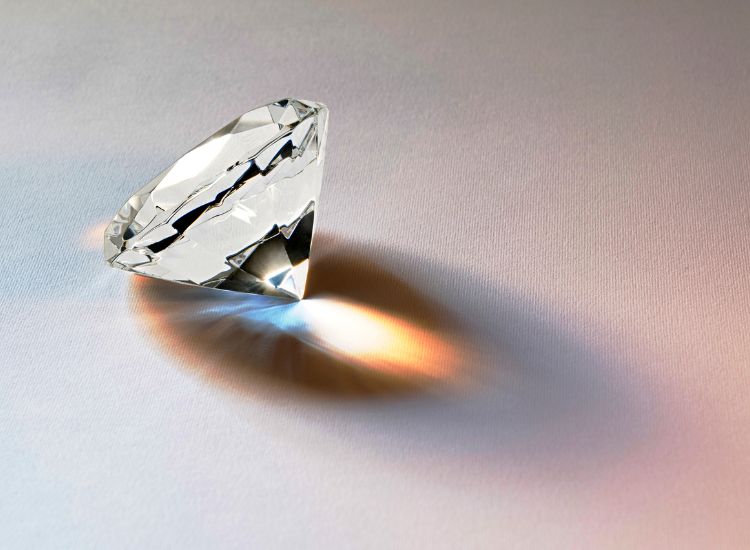
A Tradition of Brilliance Since 1900
At Vummidi Bangaru Jewellers, we bring over a century of craftsmanship and trust to the art of fine jewellery. Established in 1900, our heritage reflects a deep commitment to creating exquisite pieces that celebrate life’s most meaningful moments. Known for unparalleled quality, our diamonds are carefully selected and graded to ensure brilliance and authenticity.
Whether you’re looking for timeless designs or contemporary creations, every piece in our collection reflects precision and elegance. Guided by innovation and tradition, we strive to deliver an experience that’s as remarkable as the jewellery itself. Vummidi Bangaru Jewellers continues to shine as a trusted destination for those seeking exceptional jewellery for every occasion.
Summing Up
Buying a diamond doesn’t have to be overwhelming. Understanding the 4 Cs—Carat, Cut, Colour, and Clarity—empowers you to make a choice that suits both your style and budget. Whether you’re shopping for a ring, a pendant, or any other piece of jewellery, the key is finding a diamond that strikes the right balance between these factors.
Focus on what matters most to you. Maybe it’s the sparkle of an excellent cut, the size of a higher carat weight, or the balance of a near-colourless diamond with eye-clean clarity. Armed with this knowledge, you’ll not only pick a diamond that’s beautiful but also one that feels right for you.
| For Latest Updates and Trends Checkout Official Vummidi Bangaru Jewellers Instagram Page |
FAQs Related To 4 Cs of Diamonds
1. How does diamond fluorescence affect its appearance?
Fluorescence refers to a diamond’s ability to emit a soft glow when exposed to ultraviolet (UV) light. In most cases, this glow is blue, though other colours can occur. Under normal lighting conditions, fluorescence is typically not visible and has minimal impact on a diamond’s appearance. However, in some instances, strong fluorescence can cause a diamond to appear hazy or oily, especially in higher colour grades. It’s advisable to view the diamond under various lighting conditions to determine if fluorescence affects its visual appeal.
2. What is the difference between a diamond shape and a diamond cut?
Diamond shape refers to the outline or form of the diamond, such as round, princess, oval, or pear. Diamond cut, on the other hand, pertains to how well the diamond’s facets are proportioned and finished, influencing its brilliance and sparkle. While shape is about the diamond’s physical form, cut quality determines how effectively it reflects light.
3. Does a higher carat weight always mean a better diamond?
Not necessarily. While a higher carat weight indicates a larger diamond, it doesn’t guarantee better quality. The overall beauty of a diamond is influenced by a combination of factors, including cut, color, and clarity. A smaller diamond with an excellent cut can appear more brilliant than a larger diamond with a poor cut.
4. How should I care for and clean my diamond jewellery?
To maintain your diamond’s sparkle, regularly clean it using a mild solution of warm water and gentle dish soap. Soak the jewellery for a few minutes, then gently scrub with a soft toothbrush, especially around the setting where dirt can accumulate. Rinse thoroughly and pat dry with a lint-free cloth. It’s also advisable to have your diamond jewellery professionally inspected and cleaned annually to ensure the setting remains secure and the diamond retains its brilliance.
5. What is the significance of diamond certification?
A diamond certification, or grading report, is an independent assessment of a diamond’s quality based on the 4 Cs. It provides detailed information about the diamond’s characteristics and assures buyers of its authenticity and quality. Reputable laboratories, such as the Gemological Institute of America (GIA), provide these certifications, which are essential for making informed purchasing decisions.
 Store Locator
Store Locator 

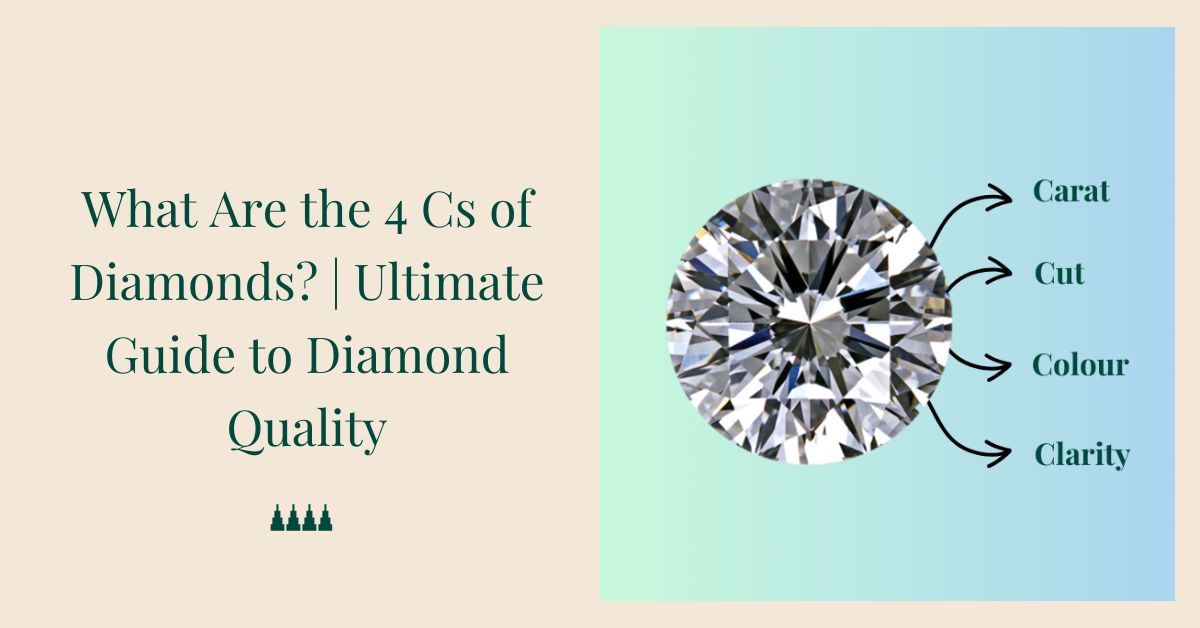


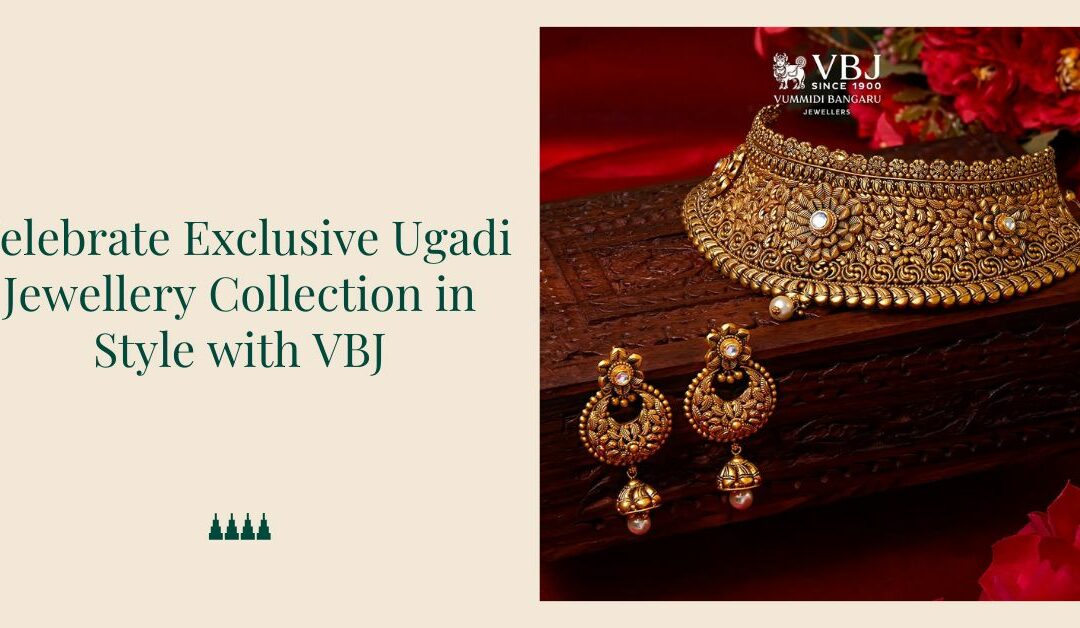
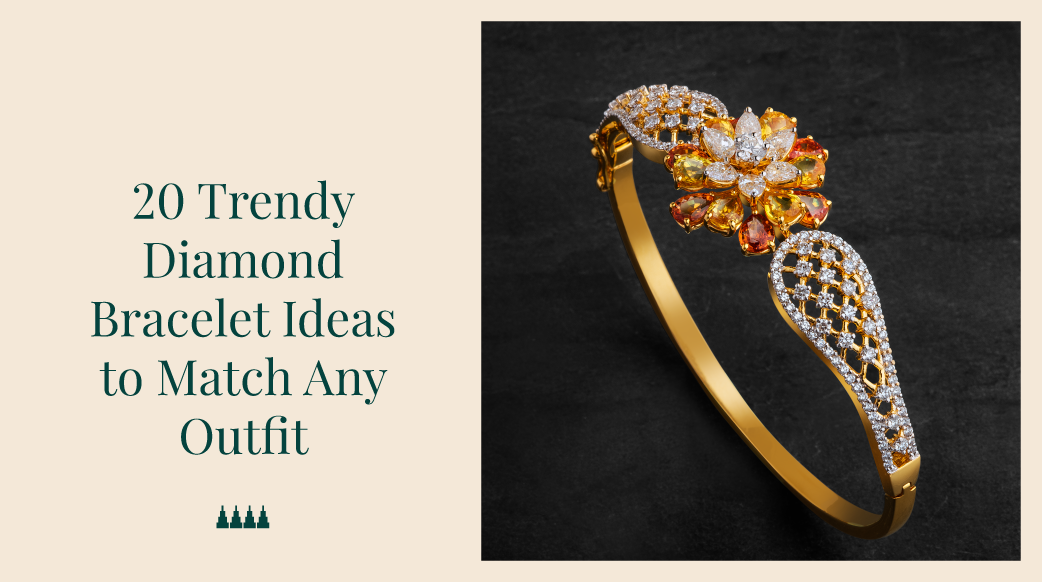
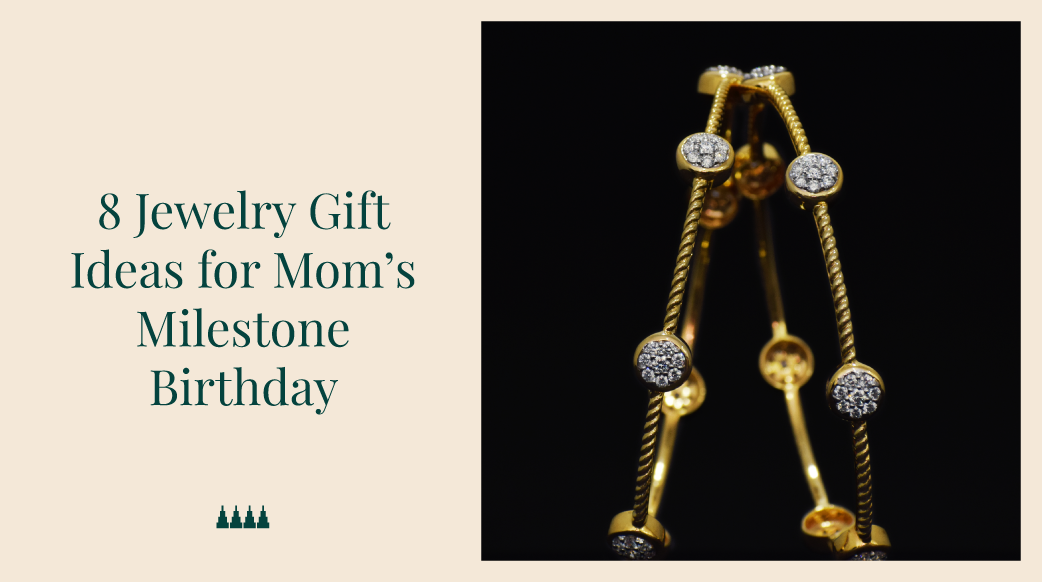

0 Comments